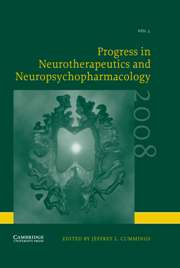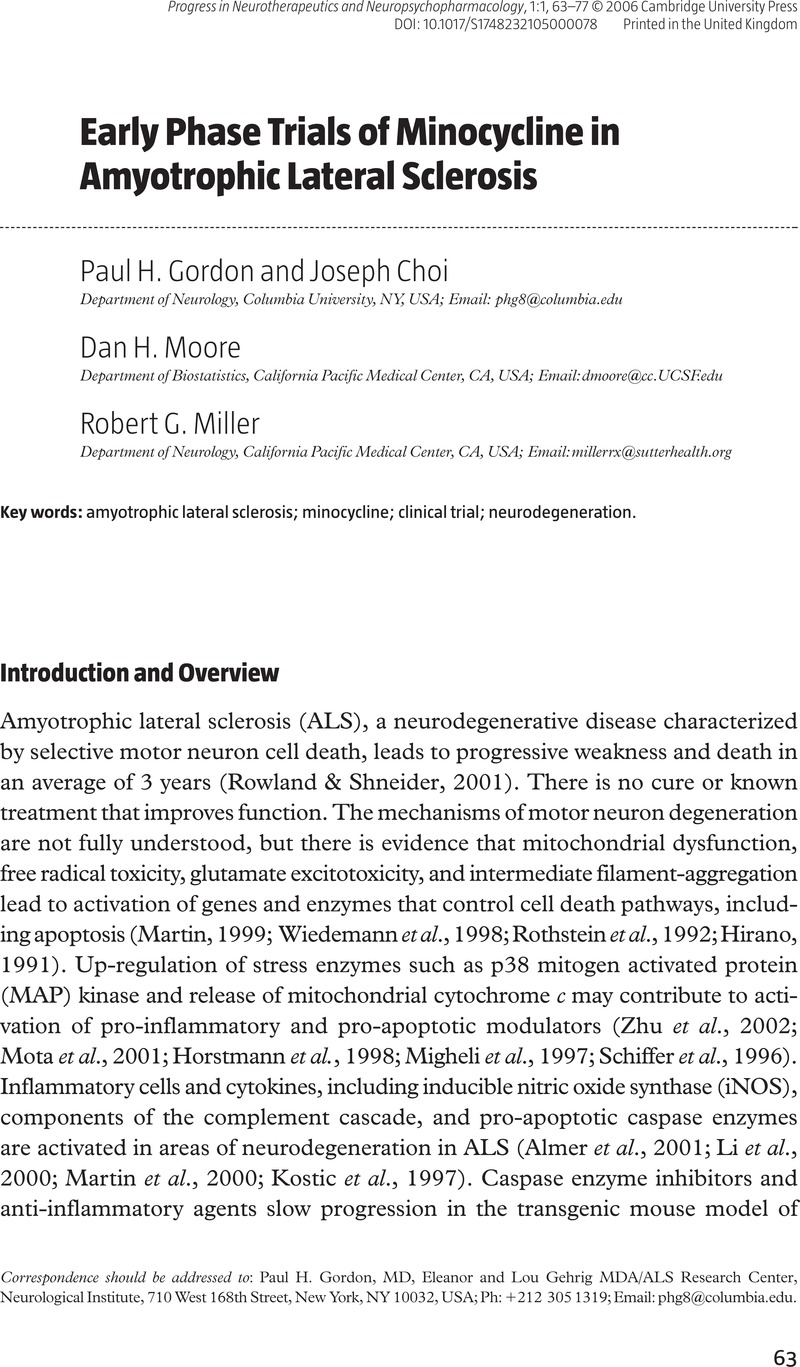Crossref Citations
This article has been cited by the following publications. This list is generated based on data provided by Crossref.
Baldinger, Reto
Katzberg, Hans Dieter
and
Weber, Markus
2012.
Treatment for cramps in amyotrophic lateral sclerosis/motor neuron disease.
Cochrane Database of Systematic Reviews,



